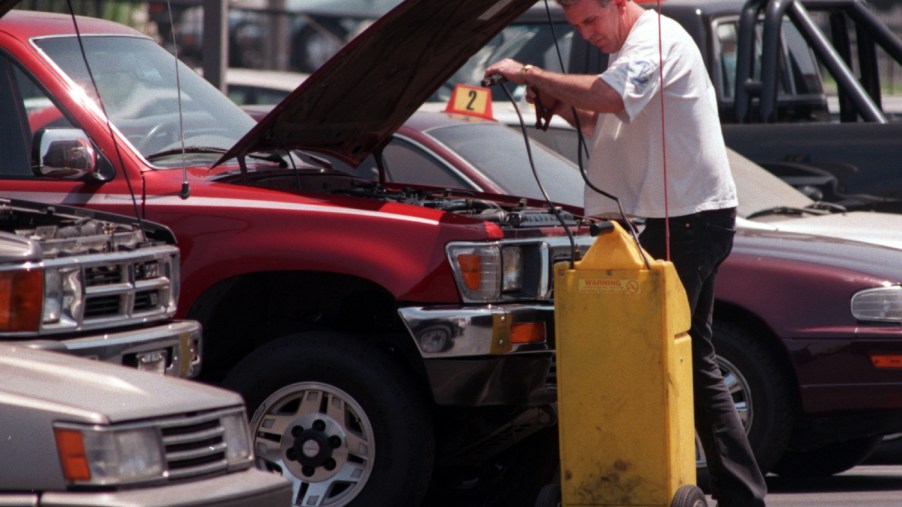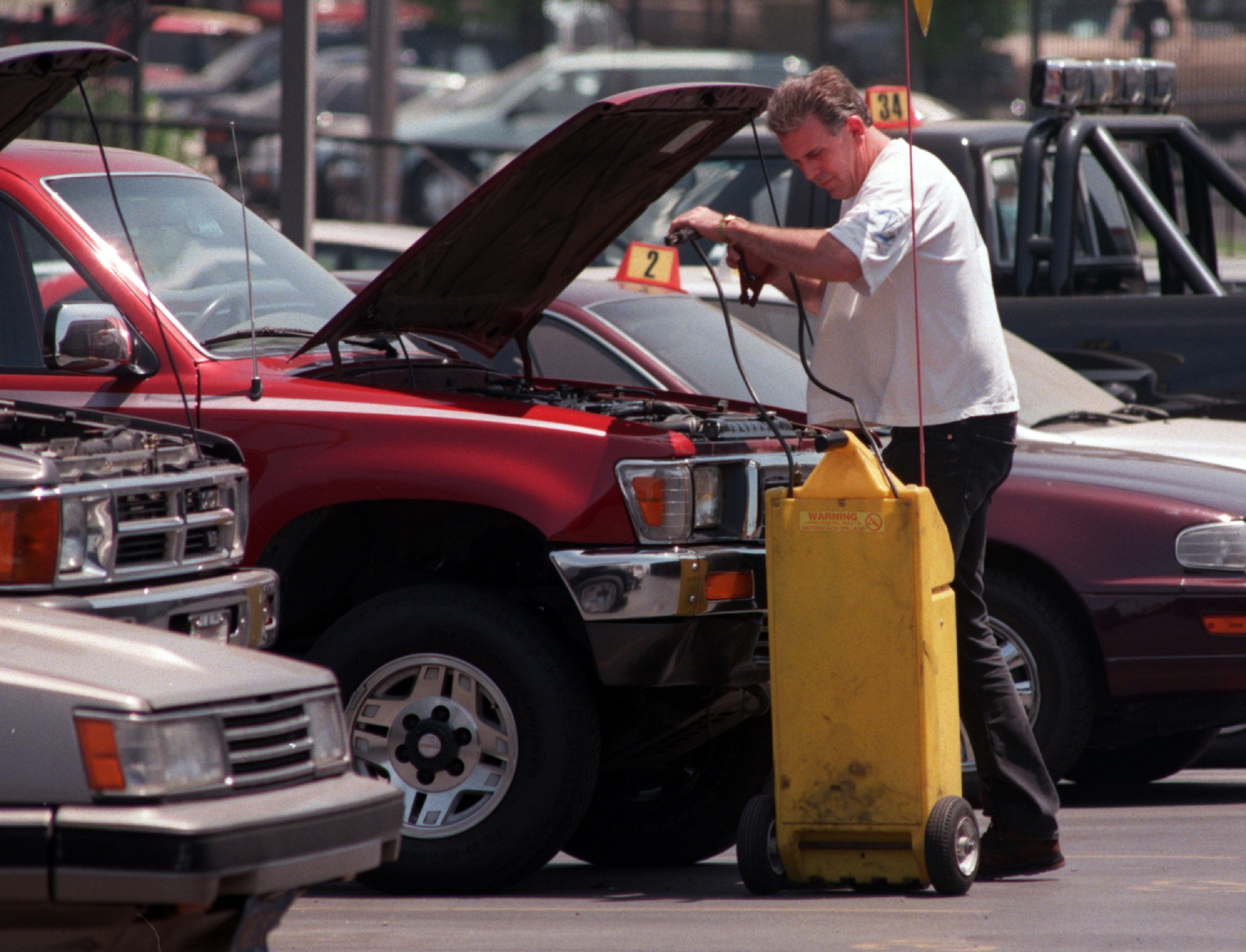
The Worst Toyota 4Runner Problems That Will Cost You Thousands
When it comes to SUVs, the Toyota 4Runner is one of the most popular options on the market. But that doesn’t mean just new, either. Thanks to Toyota’s stellar reliability, the 4Runner tends to last a long time. What are some of the most common problems owners report in that long time?
Do Toyota 4Runners have a lot of problems?

Since the Toyota 4Runner has been around for so long, there are plenty of problems to note. That doesn’t mean the 4Runner SUV isn’t still a reliable choice for buyers. In the U.S., the 4Runner has been around since 1984. The National Highway Traffic Safety Administration (NHTSA) has a variety of recalls throughout the ages. Going back to the 2001 Toyota 4Runner, the NHTSA has three recalls posted. For the most part, these are minor problems. The amber side reflectors were missing. Another mentions the lower ball joint failing, which would increase the risk of a crack.
The 2016 Toyota 4Runner has more serious issues. The passenger frontal airbag might explode without reason. The recall says: “An inflator explosion may result in sharp metal fragments striking the driver or other occupants resulting in serious injury or death.” The Takata airbag recall was one of the most extensive recalls in the history of vehicles, and the 4Runner was in the middle of it all.
There are similar issues noted for the 2012 year model as well. Problems with the airbag are reported, accessories like the hood scoop might fly off, and the exhaust tip gets too hot. If you come across a 4Runner, it is worth checking to ensure these recalls have been taken care of.
Rust is a major painpoint for Toyota 4Runner owners
According to Toyota Problems, one of the biggest problems noted is rust. Rust is common on a lot of trucks and SUVs, especially for those in colder climates. Additionally, rust happens to be more common on older cars, trucks, and SUVs. Toyota was accused of not properly treating the frames on these older cars, which caused even more rust than usual. While Toyota paid $3.4 billion to thousands of owners, the 4Runner was left out of this settlement.
The 2002-2006 4Runners were most susceptible to the corrosion, but it was an issue long after that. Be sure to get an inspection on any older 4Runner before purchasing to make sure there is no excessive rust hiding.
Car Complaints notes that the 2004 4Runner has the most problems overall. Owners report problems with cracked dashboards, squeaky breaks, and leaks.
The Toyota SUV airbags had other problems worth checking out
While the Takata airbag recall was a huge issue for the Toyota 4Runner, there were more problems than just that. Owners reported that the airbags didn’t go off in some accidents, which caused significant injuries. Often, the airbag light would go on without warning, but dealerships claim there was no problem.
The airbags won’t always go off if the vehicle doesn’t sense that it is necessary. The 4Runner had to be going a certain speed or braking in a certain way to trigger the airbag sensor. Sometimes, the 4Runner is too old to utilize the airbags correctly. The safety device is worn out over time but needs to be replaced. This also applies to things like the brakes and suspension. These should be replaced after a certain amount of time or miles.
Before buying a used Toyota 4Runner, getting a pre-purchase inspection is a good idea. Or, try to find a Certified Pre-Owned vehicle that has been inspected for issues. Check the body for rust and go over the vehicle’s history for airbag replacements.



